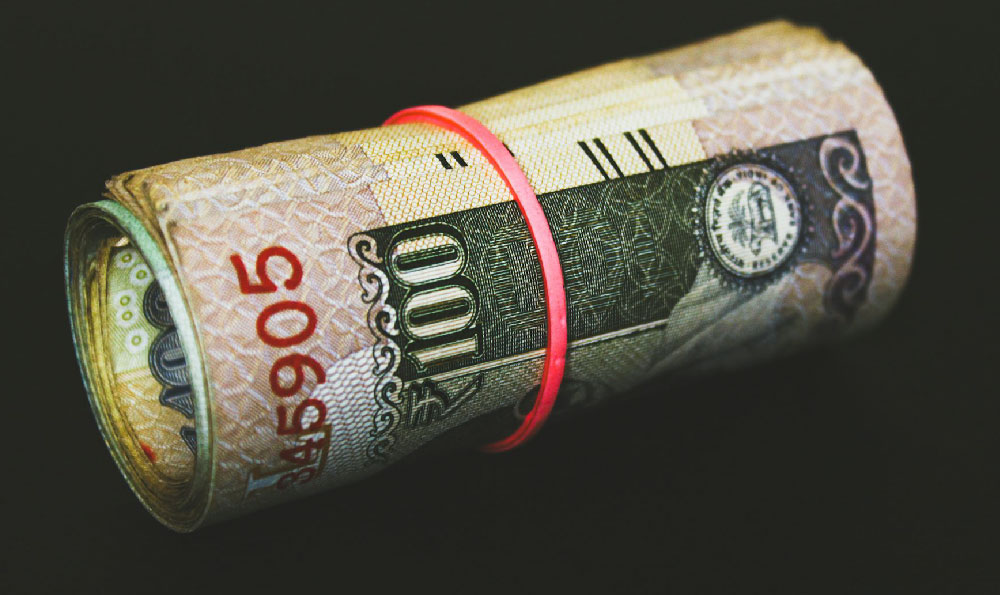
Path of Exile, developed by Grinding Gear Games (GGG), has carved a unique and successful path in the free-to-play (F2P) action RPG genre. Understanding how the game monetizes, and whether that model is sustainable, requires examining its core philosophy and the specific mechanisms it employs. Unlike many F2P games that rely on pay-to-win elements or aggressive monetization strategies that disrupt gameplay, Path of Exile primarily generates revenue through cosmetic microtransactions and stash tab upgrades, a system that has proven both lucrative and remarkably player-friendly.
The cornerstone of Path of Exile's monetization is its emphasis on ethical microtransactions. GGG has consistently reiterated their commitment to avoiding anything that gives paying players a direct advantage over those who play for free. This means that items, character power, and core gameplay mechanics are all accessible to every player, regardless of whether they have spent money on the game. This approach fosters a sense of fairness and encourages long-term player engagement, as players never feel pressured to pay to keep up or to overcome artificially imposed barriers.
The primary avenue for monetization, therefore, revolves around cosmetic microtransactions. Players can purchase character effects, weapon skins, armor sets, and other visual customizations to personalize their characters and enhance their in-game appearance. These microtransactions are purely aesthetic and do not impact gameplay balance. This allows players who enjoy expressing themselves through customization to support the game without creating an uneven playing field. GGG releases new cosmetic items regularly, capitalizing on player desire for unique and visually appealing options, while constantly introducing new and innovative designs. The sheer variety and quality of these cosmetics ensures that there is something to appeal to a broad range of player tastes, further driving sales.

Beyond cosmetic items, Path of Exile's second major revenue stream comes from stash tab upgrades. In Path of Exile, players accumulate a vast array of items, including currency, crafting materials, unique equipment, and maps. The game provides players with a base number of stash tabs to store these items. However, as players progress and acquire more loot, these initial tabs can quickly become insufficient. GGG offers additional stash tabs for purchase, including specialized tabs for currency, maps, fragments, essences, and divination cards. These specialized tabs offer enhanced organization and convenience, significantly streamlining item management.
While stash tabs do not directly impact character power, they provide a substantial quality-of-life improvement. Players who invest in stash tabs can spend less time managing their inventory and more time engaging in the core gameplay loop of exploring, fighting monsters, and acquiring loot. This convenience is highly valued by the player base, and many players consider stash tab upgrades to be a worthwhile investment. The argument can be made that lacking sufficient stash tabs can indirectly hinder progress, as inefficient inventory management can slow down gameplay and reduce overall efficiency. However, GGG has consistently balanced the number of free stash tabs with the demands of the game to ensure that free-to-play players can still enjoy the game comfortably, even without purchasing additional tabs.
The sustainability of Path of Exile's monetization model hinges on several factors. First and foremost is GGG's continued commitment to ethical microtransactions. Maintaining player trust and avoiding pay-to-win elements is crucial for long-term success. Any deviation from this principle could erode player confidence and lead to a decline in player engagement and spending. Secondly, the consistent release of high-quality content is essential for keeping players invested in the game. Path of Exile is known for its frequent and substantial content updates, which introduce new leagues, skills, items, and gameplay mechanics. These updates provide players with fresh challenges and reasons to keep playing, which in turn drives demand for cosmetic microtransactions and stash tab upgrades.
Furthermore, GGG's responsiveness to player feedback is a critical component of its success. The developers actively engage with the community through forums, social media, and live streams, soliciting feedback on game balance, new features, and potential improvements. This collaborative approach helps ensure that the game remains enjoyable and engaging for a wide range of players. This feedback loop allows them to fine-tune their monetization strategy, ensuring that it remains fair and appealing to the player base.
Finally, the strength and longevity of the Path of Exile community contribute significantly to the game's sustainability. The game has a dedicated and passionate player base that actively participates in discussions, creates content, and supports the game's development. This strong community provides a foundation of stability and helps ensure that the game continues to thrive.
In conclusion, Path of Exile's monetization model, built on ethical microtransactions and a player-first philosophy, has proven remarkably sustainable. By focusing on cosmetic customizations and quality-of-life improvements rather than pay-to-win elements, GGG has created a system that is both profitable and fair. The game's continued success depends on maintaining this commitment, consistently delivering high-quality content, and actively engaging with the player community. While challenges undoubtedly lie ahead, Path of Exile's unique approach to free-to-play monetization provides a valuable lesson for other developers looking to create sustainable and player-friendly games. The launch of Path of Exile 2, while not a direct sequel in the traditional sense, represents a significant opportunity for GGG to build upon its existing success and further solidify its position in the action RPG market. As long as they stay true to their core principles, Path of Exile's monetization model should remain sustainable for years to come.





